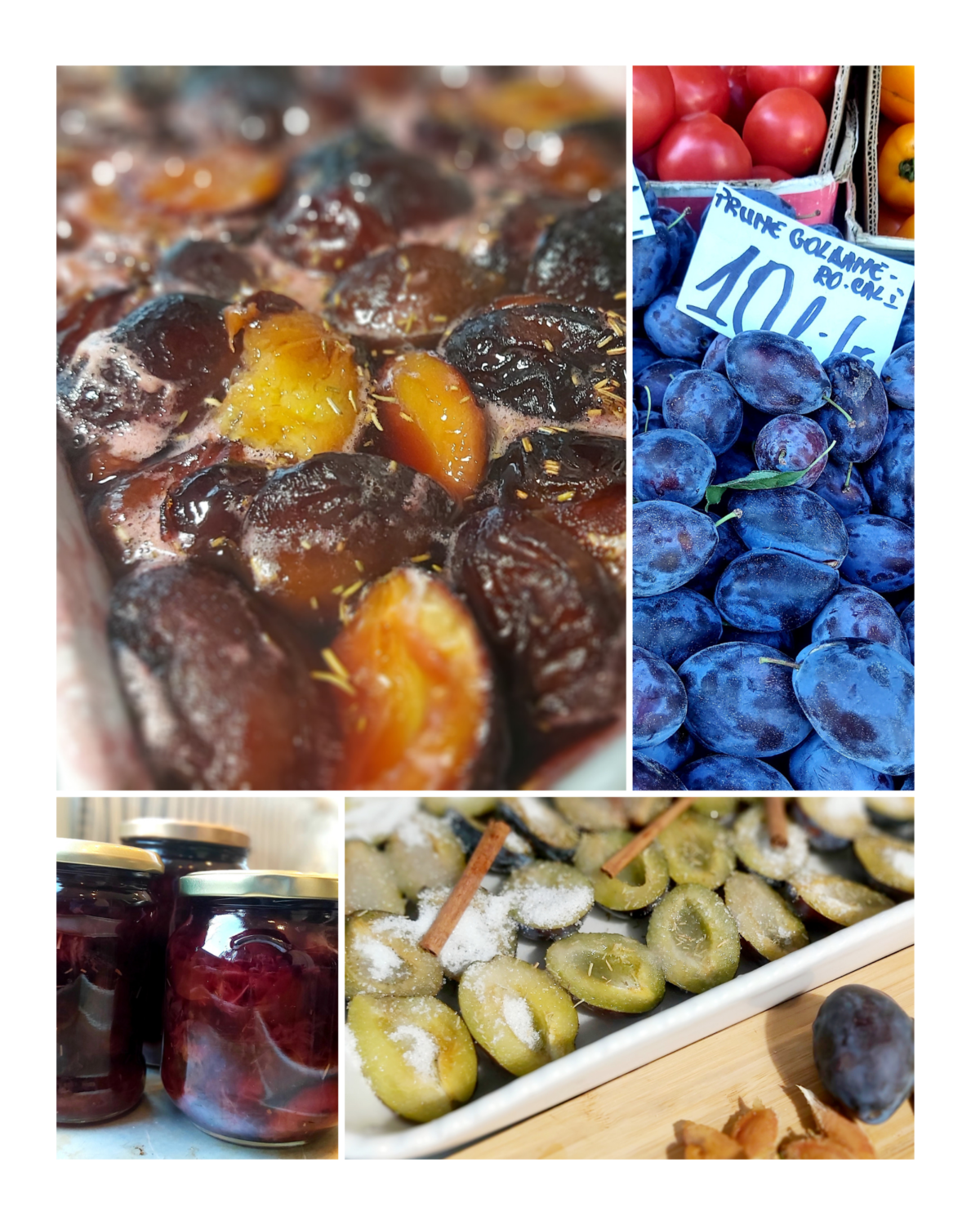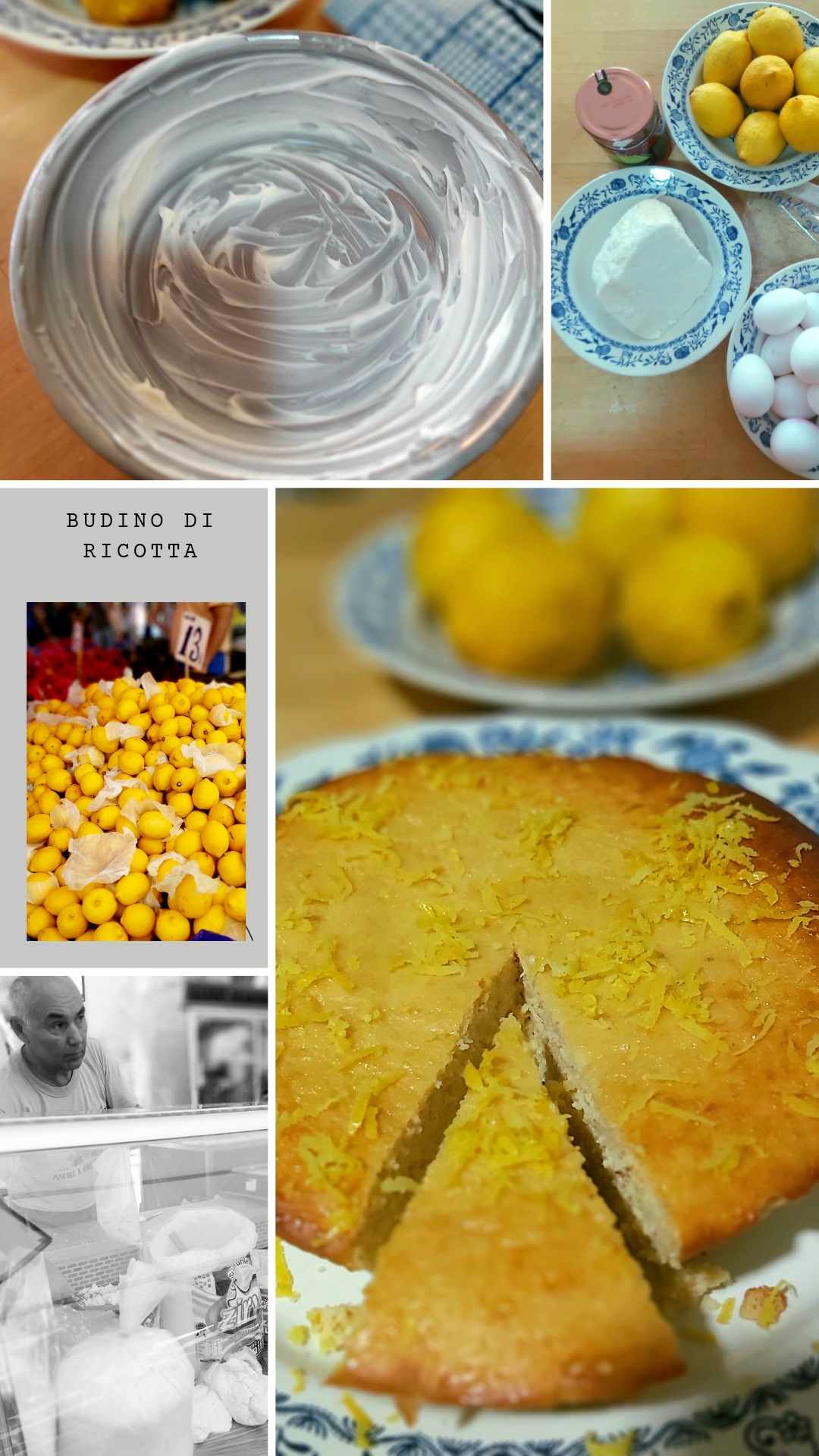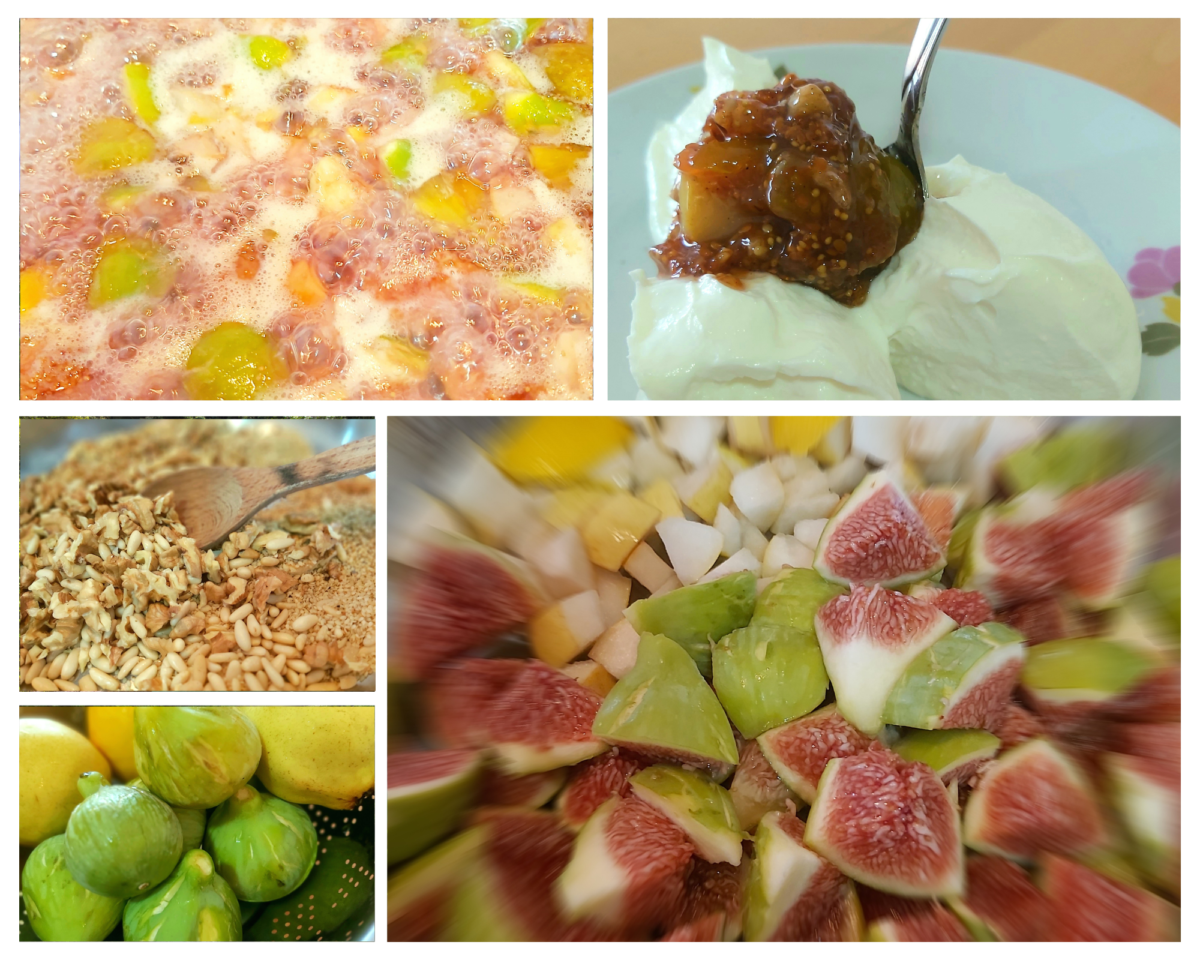This is a very simple way to relish end-of-summer plums and capture that dusky, rich flavour for darker days. Roasting seems to do something to concentrate the flavour as well as rendering the flesh creamy-smooth and the skins pleasantly chewy. I add rosemary and cinnamon, sometimes lemon or orange rind. Plums do vary in their tartness so the sugar quantity here is a guide. You can eat them all as simple roasted fruit or go on and bottle them – I generally eat some and bottle some!
Eat them cold or warmed a little with yoghurt, creme fraiche or good old custard. Make breakfast bowls with museli or serve them with syrniki – sweet cheese pancakes. Use as instant crumble, cobbler and pie filling – this compote really is super versatile and easy to use.
For bottling them you do need to create enough syrup (and allow for ahem…sampling!) I add some sugar and a little water to create a light syrup that is so heavenly I find myself drinking it “cough-medicine” style by itself! Roasting = lazy; I roast on a low heat slowly and gently and check occasionally in between doing other things.
Continue reading “Roast Plum Compote”



